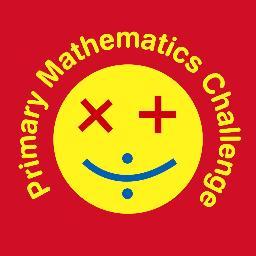
Math Problems For Kids
Students may struggle with math problems for a variety of reasons. These issues could affect their understanding of the subject, their ability to approach word problems or their confidence in their problem-solving skills.
How to Solve Math Problems For Kids
For example, kids may have trouble creating word problems that accurately represent the multiplication or division of fractions.
Area model
The area model is a great way to solve math problems for kids. It helps them visualize multiplication problems and avoids common mistakes.
One of the most important things to remember about using area models is that they can help students multiply very large numbers. They don’t take up a lot of space on the page, and they’re easier to understand.
Another cool thing about area model multiplication is that it’s based on arrays. This is the same principle that you’ll learn about in learning to multiply fractions.
To investigate this, 123 fifth and sixth graders were asked to solve problems accompanied by number lines, circular area models, rectangular area models, or no visual model at all. The results showed that children who solved problems accompanied by a number line were more accurate problem-to-problem, and were also more likely to generate sound conceptual models of division than were those who used area models or no visual model at all.
Array model – Math Problems For Kids
The array model is a useful way for students to understand the relationship between equal groups and multiplication. It also helps them with number properties such as the commutative property, which means that you can multiply numbers in any order and the product will be the same.
Students should have already started using equal groups to multiply, and you can link this knowledge to the array concept. This will make it easier for them to see how multiplication works by using this strategy in the future.
One example of using an array to solve a math problem for kids is the “Array game”. Give each student a half sheet of graph paper and two different colors of crayons. They will take turns rolling the number cube twice to determine the number of rows and columns for their array. Then they will create their array and record the equation that matches it, then shade it their color.
Bar model – Fun Math Problems For Kids
Bar models are a powerful visual problem-solving strategy that helps kids to understand their math problems and apply math skills. They’re easy to learn, don’t require any equipment and can be used to solve a wide range of math problems for kids.
Using this method of math calculation can be particularly helpful for children who may be struggling with complex word or multistep problems that involve missing numbers. With a simple bar model, they can see the steps that need to be taken in order to get to their answer.
The bar model can be used in addition, subtraction, multiplication and division as well as word problems, helping kids to see what’s taking place with each math step. It’s also a great way to show kids how to find the missing parts of a sum or difference, without having to write equations!
Story problem – Kid Math Problems
When kids are learning addition, subtraction, multiplication and division, they will encounter math problems. These problems involve reading a question and using one of the four basic operations to solve it.
Students often struggle to understand these word problems because they lack guidance. Teachers need to teach a systematic approach for solving these problems so that students can succeed.
1. Identify what the problem is asking:
To help students determine what operation the word problem is asking for, underline or circle key words and phrases. Color coding is another way to help children decide what operation the question is asking for.
2. Plan:
Once kids have identified what the problem is asking for, they need to plan their answer. They should focus on what information is important and ignore what is not. They can swap out unnecessary details, such as names or situations, but they should keep the numerals in place. This will ensure they get the right answer.
